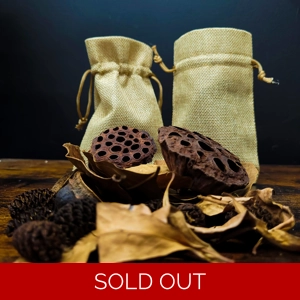
Leaves in an aquarium offer a multitude of benefits, contributing to the overall health and balance of the aquatic ecosystem.
They serve as natural shelter and hiding spots for fish and invertebrates, reducing stress levels and promoting natural behaviours.
Additionally, leaves release tannins and other organic compounds as they decompose, which create a slight tint in the water, simulating the natural habitats of many tropical fish species and promoting their well-being.
These compounds possess antibacterial and antifungal properties, aiding in disease prevention and improving water quality.
The breakdown of leaves also provides a supplementary food source for certain bottom-dwelling organisms, fostering a diverse and thriving microcosm within the aquarium.
Overall, incorporating leaves into the aquarium environment not only enhances its aesthetic appeal but also fosters a healthier and more balanced ecosystem for its inhabitants.
So the question is what leaves can you use?
Well for anyone using botanicals within aquariums sparks a wide range of debates but it’s generally considered the rule “if it’s dead” it’s safe. However it’s always good practice to research and test any item before introducing it to an aquarium.
Some of the more documented leaves are the following.
- Catappa Leaves (Possibly the most widely known leaf)
- Jackfruit
- Oak
- Guava
- Banana
- Mangrove
There are many more leaves that fish keepers use and some have various impacts on coloration of the water and the effects on PH.
Remember conditions within an aquarium are different to natural river streams in that there is consistent water flow so the water conditions are ever changing, debris moves upstream, temperature changes and even the animals swimming within that location. With a home aquarium the same water is often filtered through the tank so water chemistry is completely different and any foreign objects added can have different effects or impacts on the ecosystem you’ve created such as the PH.













